from 0 review
15 Days 14 Nights
Daily Tour
10 people
English, Espanol, Francais, Japanese, Russian
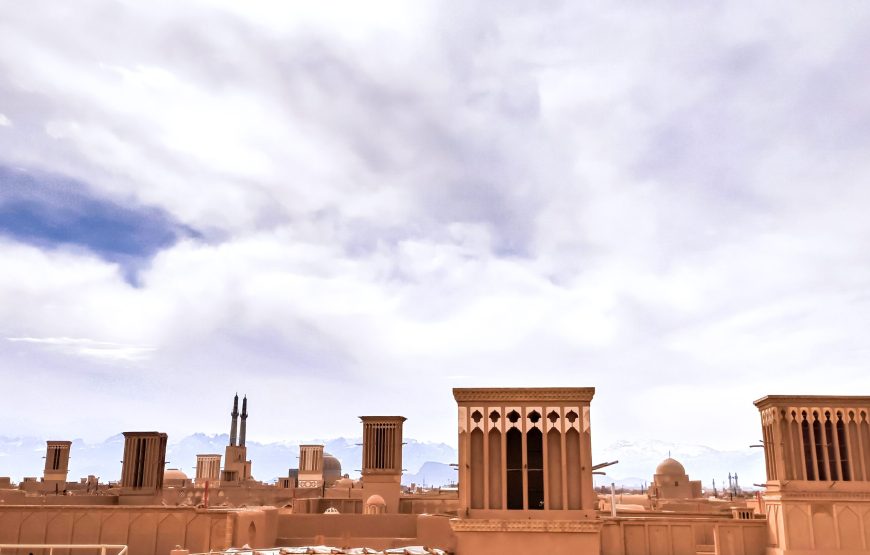
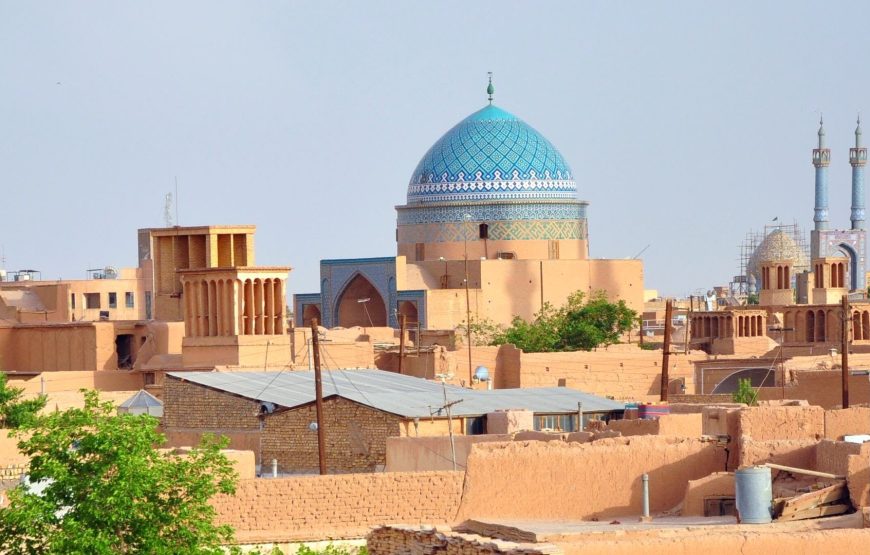
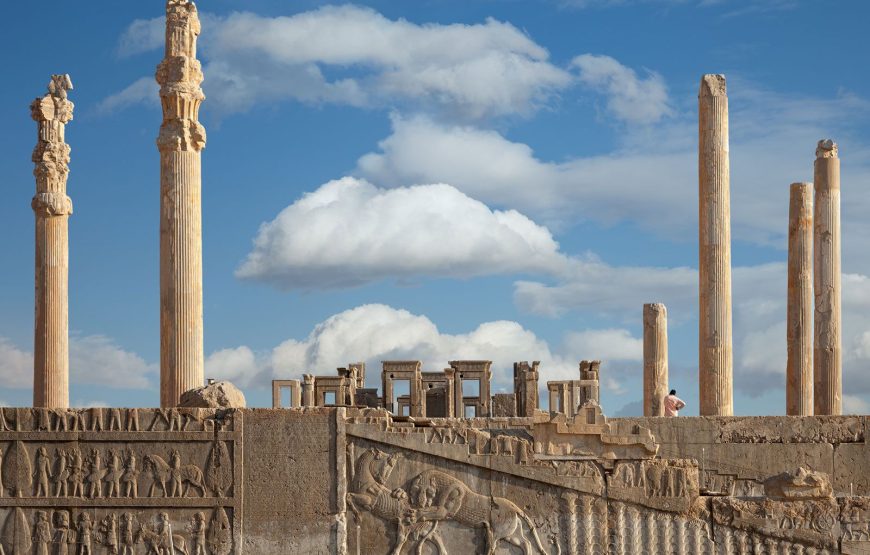

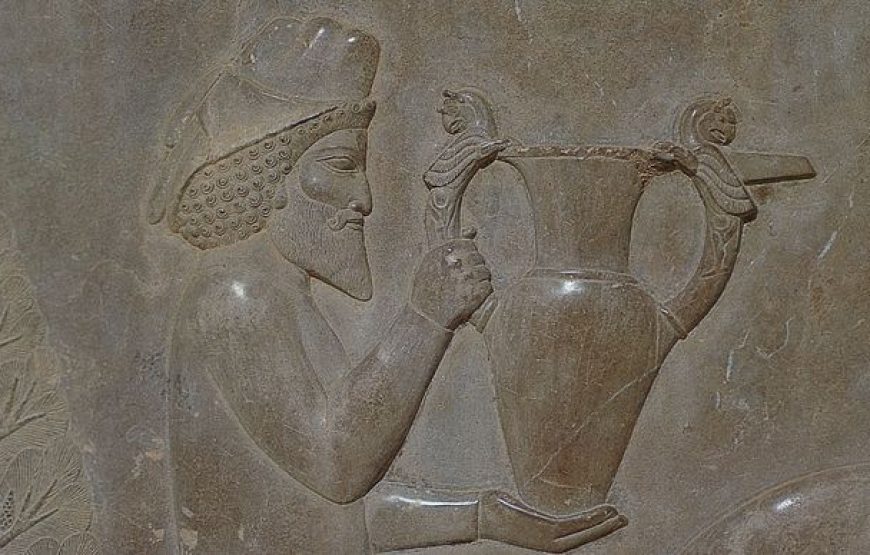
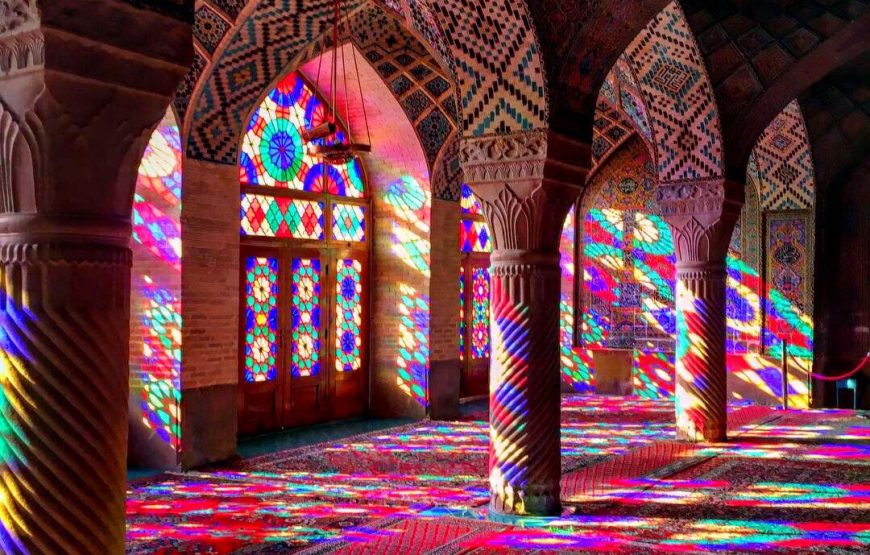
Today Morning after eating Breakfast we will visit Golestan Palace And Grand Bazar The lavish Golestan Palace is a masterpiece of the Qajar era, embodying the successful integration of earlier Persian crafts and architecture with Western influences. The walled Palace, one of the oldest groups of buildings in Teheran, became the seat of government of the Qajar family, which came into power in 1779 and made Teheran the capital of the country. Around 14:00 Having Lunch . Tonight we will Visit Iran Mall, The biggest Mall in Iran and the 3th one in the West Asia. Having Dinner An Iranian- Indian Restaurant
Today , we have a chance to review Iranian History during The last Decade, Pahlavi Dynasty. Saad Abad Palace The early building of Saadabad was constructed by Qajar kings and it was just 8000m2 in area in that time. Given to the good weather, Qajar kings used this place as their summer residence; however, after the 1299 coup when Pahlavi regime came to power, this place was extended at Reza Khan’s command, through constructing 18 small and large palaces in different architectural styles; the newest sector here is related to the palace of Leila, the youngest daughter of Mohammad Reza Pahlavi. We will have lunch in one of the Famous and high quality Restaurant in Tehran- Qassab Resturant Having Dinner At hotel.
After having Breakfast, we will departure to Shiraz, The Art and Old Civilization Capital in Iran. After check in and having lunch in the Hotel, we will start our Tour with visiting from
The Building of the Holy Shrine The first building of the holy shrine is attributed to the reign of Ezadoldowle Deilami (929-950 AD), who was nicknamed as Roknoldowle. The first building underwent repairs several times and new ones were added during the reign of Atabakan (1236-1261 AD). In 1637 AD and in 1762 AD, Shah Ismail Safavi and Nader Shah Afshar repaired the shrine, respectively. The Modern Structure After the victory of Islamic Revolution (1979 AD), a large construction project began, including the construction and completion of the large upper salon and setting mirrors on the ceiling and the walls of the old parts of the holy shrine. Moreover, a large marble pulpit was set in the southern part of the southern hall. Having Dinner in Haft Khan Restaurant
After Breakfast, we will visit one of the oldest monuments in the world.
Today After Arriving to Yazd we will have Silence Tower ( Zorastian Temple and Graveyard) Tower of Silence-Yazd Zoroastrian ritual exposure of the dead is first attested in the mid-5th century BCE Histories of Herodotus, an Ancient Greek historian who observed the custom amongst Iranian expatriates in Asia Minor; however, the use of towers is first documented in the early 9th century CE
Today will visit YAZD CITY HIGHLIGHTS
The origins of varzesh-e bastani can be traced back to ancient Persia, where warriors sought to master the art of combat. Zurkhaneh emerged as a training ground, combining physical exercises, wrestling, and spiritual teachings. It was a place for both physical training and moral development, cultivating virtues such as discipline, humility, and respect.
After Breakfast Drive to Isfahan . (Around 5 hours) Isfahan flourished between the 9th and 18th centuries. Under the Safavid dynasty, Isfahan became the capital of Persia, for the second time in its history, under Shah Abbas the Great. The city retains much of its history. It is famous for its Perso–Islamic architecture, grand boulevards, covered bridges, palaces, tiled mosques, and minarets. Naqsh-e Jahan Square in Isfahan is one of the largest city squares in the world, and UNESCO has designated it a World Heritage Site Today will be free and have time for relaxing. Having Lunch in the Hotel Having Dinner in Shahrzad Restaurant.
After Brakfast we will visit Naqshe Jahan Square and Chehelsotun Place The Chehel Sotoun Palace and its garden cover an area of approximately 67,000 sq. m. This palace was constructed during the reign of Shah Abbas I. Shah Abbas II was also responsible for additions to this palace (1501 to 1736 AC) , such as the hall of mirrors, the hall of 18 pillars and two large chambers facing the north and south.
After having Breakfast, will visit Vank Church in Jolfa Region , An Armenian District in the Isfahan Center. The history of the presence and the settlement of Armenians in the modern-day borders of Iran dates back to a long time ago. Persian Armenia, also consisting what today is known as the Armenian Republic, was a part of Iran during Qajar era up to 1828 and until the beginning of the 20th century, Iran had one of the largest populations of Armenians along with the Ottoman Empire. Originally, Armenians are considered to be amongst the native ethnic groups of northwestern Iran and accordingly, today, many historical monuments such as churches and Armenian chapels can be found in this region of Iran. However, the cultural links between the Iranian people and Armenians have deeper roots in Zoroastrian times and they have always shared many different cultural and religious aspects. The influence of the Armenians in the Iranian culture, specifically during the modernization of the country is truly undeniable. Even today, these two neighboring countries have so many characteristics in common, both historically and culturally, due to the thousand years of relationship. After Having Lunch in Jolfa, we will go to Buy More souvenir from Isfahan , Having Dinner at Hotel
Today we will fly To Kish Island. Kish is a 91.5 square kilometer (35.3 sq. mi) resort island and it is considered as one of the Persian Gulf islands and tourist sites of Hormozgan Province that is located 18 km (12 mi) from mainland Iran’s south shore with the altitude of 30 meters above the sea level in the north range of the Persian Gulf. Kish enjoys a warm and humid climate but has low rainfall in general. Due to its free trade zone status it is touted as a consumer's paradise with numerous malls, shopping centers, tourist attractions, and resort hotels. About 1.5 million people visit the island annually. Kish Island was ranked among the world’s 10 most beautiful islands by The New York Times in 2010, and is the fourth most visited vacation destination in Southwest Asia. Foreign nationals wishing to enter Kish Free Zone are not required to obtain visas prior to travel. Valid travel permits are stamped for 14 days. Therefore, the island enjoys a privileged position in terms of tourism business by special and unique benefits of Kish Free Zone. Free access to the waterways of the world, foreign nationals entry without the visa, strategic location and proximity to oil-rich regions of Assaluyeh, having energy source (gas) independent from the mainland, having an independent airline and shipping lines with the possibility of car carriers, high levels of security and social peace and low level in social ills, convenient transportation facilities within the city, proportional control of environmental pollutants, access and proximity to international ports and cities of the region such as Dubai, Sharjah, Manama and Doha, favorable weather in the 8 months of the year and having the coral beaches are only a few of the island’s benefit. Having Lunch and Dinner In Hotel
Having Relaxing in the middle of Sea, Persian Gulf .
Relaxing
Today will fly to Tehran Free time in Tehran
Leave a review